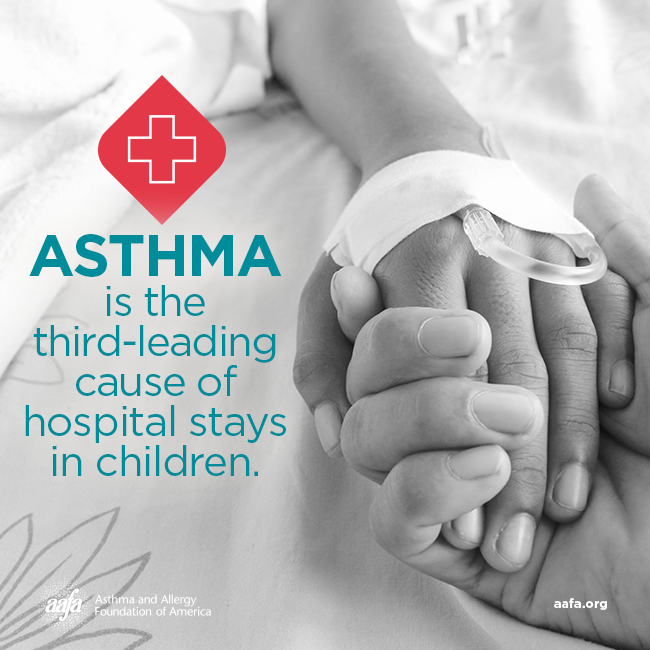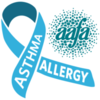 Today is my first anniversary …
Today is my first anniversary …
No asthma.
No eosinophils flooding my blood …
Attacking my lungs and other organs.
None. Zip. Zero. Nada.
In some ways, it’s been a little hard to believe.
In September 2012, I began treatment with my first biologic, Xolair, for severe allergies. Ever since the toxic mold exposure in the mid-’90s, my allergies were less responsive to medications. Allergy shots had never helped much. But it was the increasing severity and length of the asthma attacks triggered by allergies that were most concerning.
I got into a Xolair trial and slowly, we saw improvement. By the next spring, I realized that some of my early spring allergies to trees around DC were less severe. And that continued to be the case, season after season.
After a couple of years, we realized my allergy-triggered asthma had been reduced to a few times a year instead of every couple of months. Then one day, I was complaining about nosebleeds, and my allergist said, “Maybe you should stop the daily Zyrtec.” That had never even crossed my mind. Purposely skip Zyrtec? Huh. Okayyyy.
Xolair and sugar snap peas
So I did. And what do you know? I didn’t need it for months at a time. I had to restart it for this past spring, but expect to be able to stop it by August. (I’ve been allergic to peas all my life, but accidentally ate some sugar snap peas recently, thinking they were some sort of green bean – except as sweet as candy! No reaction, but promised Dr. VL I won’t go out of my way to eat anymore. Interesting, and at least I won’t have to immediately take Benedryl if a single stray green pea slips past in a bite of a casserole.)
Taking the allergy-triggers out of my asthma equation was one thing.
The infection-trigger is huge – and the only way to really beat that is to stay away from crowds and potential sources of infection. The reality is I have a crappy immune system. All the steroids have undermined whatever natural immune resilience I ever had. Since I no longer can work, and rarely travel on mass transit during peak times, I’m much less likely to be exposed.
I get my flu shots as soon as they are available in the community, and every other vaccination possible. And I don’t travel during peak holiday seasons. When I do travel, I wear a mask and disposable gloves. I wipe the tray table, handles on luggage, doors, even seat covers, and armrests with rubbing alcohol wipes.
Avoiding carriers like they have plague
The big thing is controlling my exposure, frequently secondary, through friends or family members who don’t understand that when I say I have to stay away from anyone who might be getting sick or carrying germs from someone else, I mean that literally.
People are so accustomed to ignoring the sniffles and constant colds of children, for instance, or their own colds, that they don’t realize that the common cold is a potentially deadly trigger of acute asthma attacks, especially in the autumn and winter. Luckily, I’ve managed to keep from being infected the past couple of years (but not without causing some hard feelings, I’m afraid).
So we’d made progress with allergic and infection triggers. Exercise can be a trigger – so I’m careful and use my rescue inhaler before any, and am prepared for more. Unlike most asthmatics, I have never been cold-weather triggered – in fact, for me it’s the opposite! I am triggered by heat and humidity, but always feel much better when it’s very cold. I think part of it is because there’s no pollen or mold outdoors then, and I avoid indoor areas where there might be any mold or mildew. But for whatever reason, my lungs feel great during snowy winters.
But there seemed to be something else, something we didn’t recognize, triggering my asthma attacks. And they were getting much worse. And coming a lot faster.
Learning what eos was destroying
Atypical Hypereosinophilic Syndrome is a rare blood condition, characterized by extremely high levels of eosinophils in the blood. (Try saying it quickly, much less spelling it, and you’ll get why we call the cells “eos” and the condition “HES.”) Eos, the special white blood cells my body decided to use to attack itself, also is a major complication for my severe asthma, and now has caused me to develop emphysema as well.
From the first diagnosis in 2012 until last year, we knew my HES was bad, that it was attacking parts of my body instead of the usual parasites or cancer. But not what it was attacking. Until last summer, when we found that the eos had irreparably damaged my lungs. I’d known that was a strong possibility. Still, my reaction was to want to drive my foot through the wall, or pitch an all-out, full-bore hissy fit. I refrained. But it was a close call. Because there’s no way to repair the cells killed by eos.
I watched my grandfather die of emphysema in the 1970s, slowly and in great pain. It’s still a horrific way to die even though treatments have improved. But I guarantee it won’t be the way I die.
As a result, finding something to stop the production of eos was critical, every bit as critical as stopping the asthma attacks.
The biologic duo
First, we had tried adding Nucala. That combo helped prevent asthma for nine months but did nothing to reduce the eos. And it also allowed the zoster virus (leftover from childhood chicken pox) to trigger corneal ulcers that took more than four months to heal.
So the Nucala was stopped. While we waited for it to clear my body, I discussed Fasenra with my various specialists. The only one who was enthusiastic was my hematologist-oncologist. He said he and his colleagues were used to trying scary new drugs as last resorts – an approach I related to.
Four others were cautious about it, a little nervous about the gamble. My allergist was the one I really needed to persuade. Ultimately I did, by telling her that I was willing to try it for three months, the initial treatment period, and if we didn’t see at least a 25% reduction in eos, I’d stop it and I’d go back to Nucala, even if it meant a loss of my eyesight. (Breathing tops Sight, in the Alves Hierarchy of Needs.)
So we added Fasenra to my Xolair injections, a doubling of biologics (at the recommendation of the NIH/global expert on HES, Dr. Amy Klion). And we watched and waited.
A year ago today was the first injection.
N0w biologics are the drugs you take when you are gambling your life … because that’s what you are doing.
They are last-ditch drugs. Cutting-edge science has thrown out the old formulas for creating drugs to treat some of the most intransigent conditions, like the most severe forms of asthma. But the trade-off is that at any time you can have an anaphylactic reaction, usually fatal.
AT.ANY.TIME. FATAL.
It also is unbelievably expensive, although the price has fallen considerably in the past 18 months, to about $60,000/year now.
If Fasenra hadn’t worked, there was nothing else for me to try.
Zeroing out eos
That first injection was followed with a blood test a week later. We hoped my eos level would have dropped by 25%. It was zero. We thought it was a strange fluke. Next month, also zero. And I was slowly starting to feel better, a little stronger.
Third month, third zero. We were stunned but thought maybe it would rebound when the maintenance dosage dropped. Except it didn’t. Every blood test, every time, has been zero.

In January of this year, although I needed a lot of help before, during and after I had a small dinner party for my brother Bill when he visited. It had been years since I’d been able to do something that I once enjoyed doing so much. I created a special Mexican mole for him (Bill has his own food allergies, just luckily not so bad) and my DC family. Seeing them all talking and laughing around my table, eating off my grandmother’s china – that was something I had thought I’d never be able to do again.
It took a lot of planning, early preparations and a week+ of recovery. But I was gaining strength so quickly that by my May birthday, my physical therapist (the incredible Joe S.) agreed to let me have the summer off PT, to try on my own.
Every single day for the past year I have woken up feeling a little better. Not jump-out-of-bed-and-run-a-marathon better. Still, I’m recalling what it felt like to wake up in the morning and look forward to accomplishing something during the day. And not wake bracing myself for a day of clenching my jaw and bracing for exhaustion and pain.
To dance at a November wedding
It’s been many years since I’ve been able to dance. But a dear friend is marrying in November, and I’m hoping to be able to dance at her wedding. To a slow song, with a strong partner’s arm around me. But to DANCE!
So thanks, Fasenra and Xolair! Keep it up and I’ll post a photo of me dancing at the wedding.
In the meantime, let’s hear it for researchers who try a new approach, doctors who sometimes take a calculated risk, and to the family and friends who stand with me cheering!






